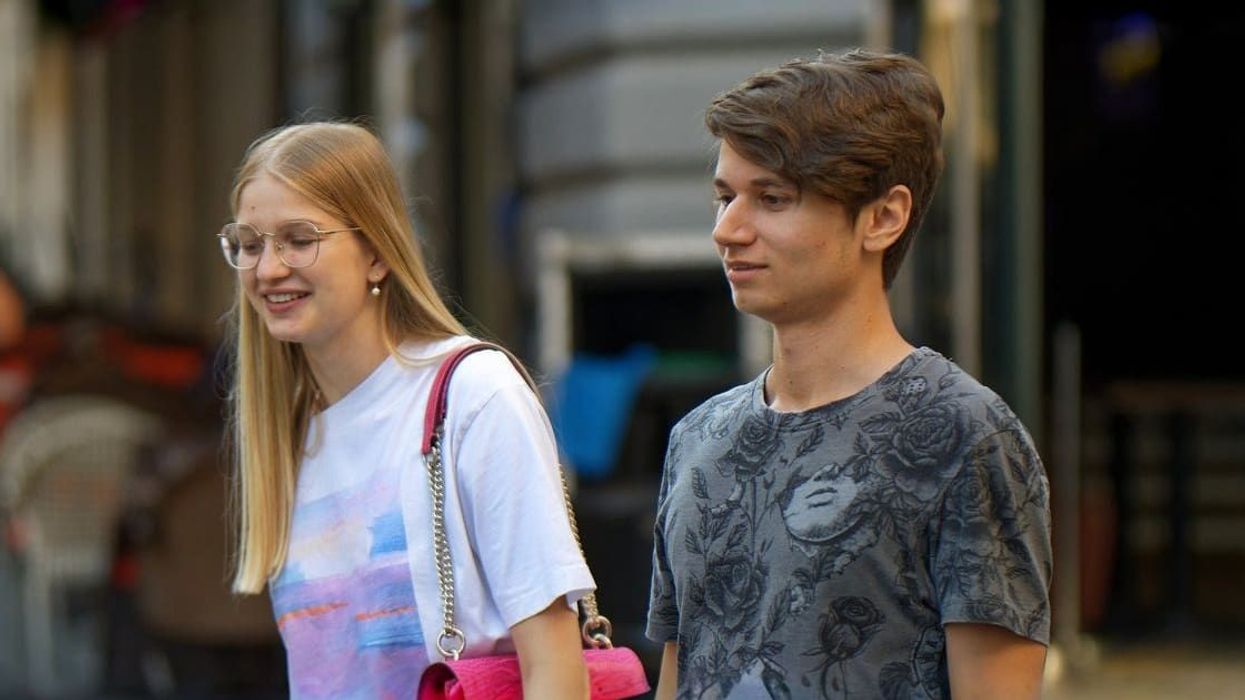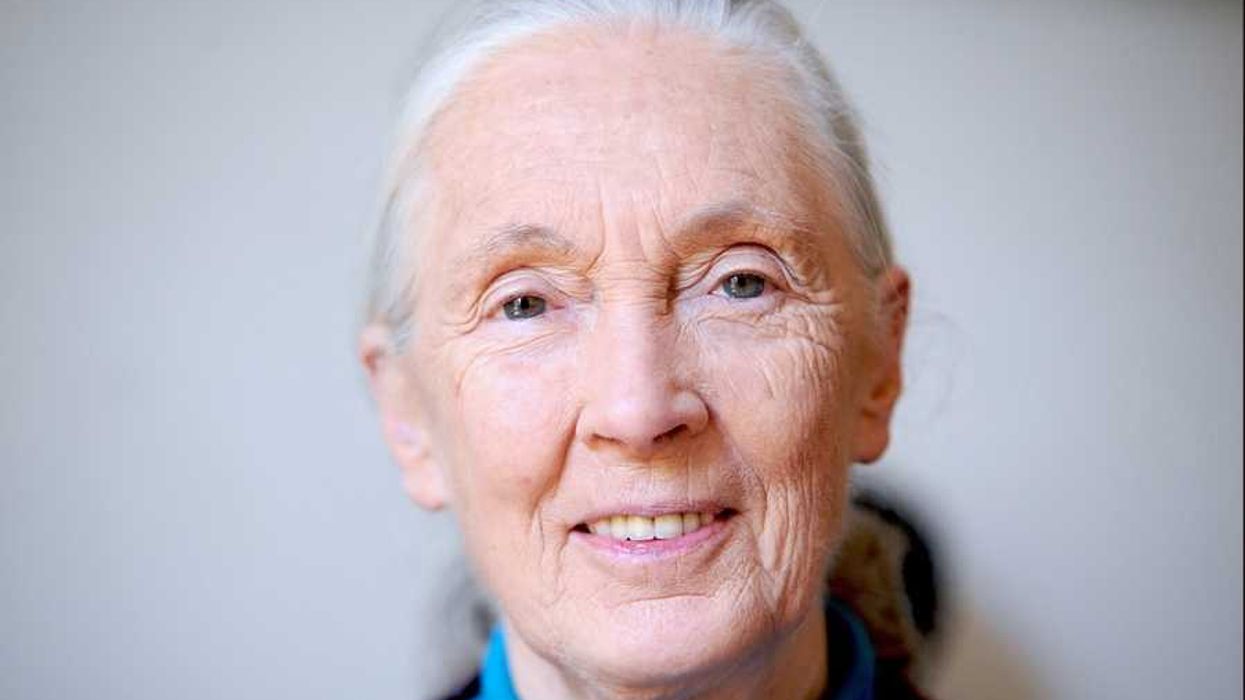Last fall the kind of education once reserved for students attending the nation's elite colleges and universities became available to everyone, thanks to Stanford professors Peter Norvig and Sebastian Thrun. They leveled the higher education playing field by offering a virtual version of their reknowned Stanford class, Intro to Artificial Intelligence to the world for free. Over 160,000 students from around the globe signed up for the 10-week class and the enthusiasm around it sparked a MOOC—massive open online course—renaissance.
In this six-minute TED talk, Norvig shares what they learned about teaching to a global classroom. He describes how they borrowed innovations and learnings from various education entities, like the Khan Academy and Teach For America to ensure they had a class that would be "equal or better in quality" than what they offered on campus. They also tapped the expertise of individuals like Benjamin Bloom's findings on one-on-one tutoring and Harvard professor Eric Mazur, an advocate of peer learning. "Peers can be the best teachers, because they're the ones that remember what it's like to not understand," says Norvig.
There's plenty of speculation around whether Norvig's online classes, as well as subsequently announced MOOCs like edX, the joint project between MIT and Harvard, will replace traditional higher education. Norvig says it's ironic that although they set out to disrupt traditional higher education, their online classes are more like a really well-done traditional college class than most folks imagine.
















 Otis knew before they did.
Otis knew before they did.